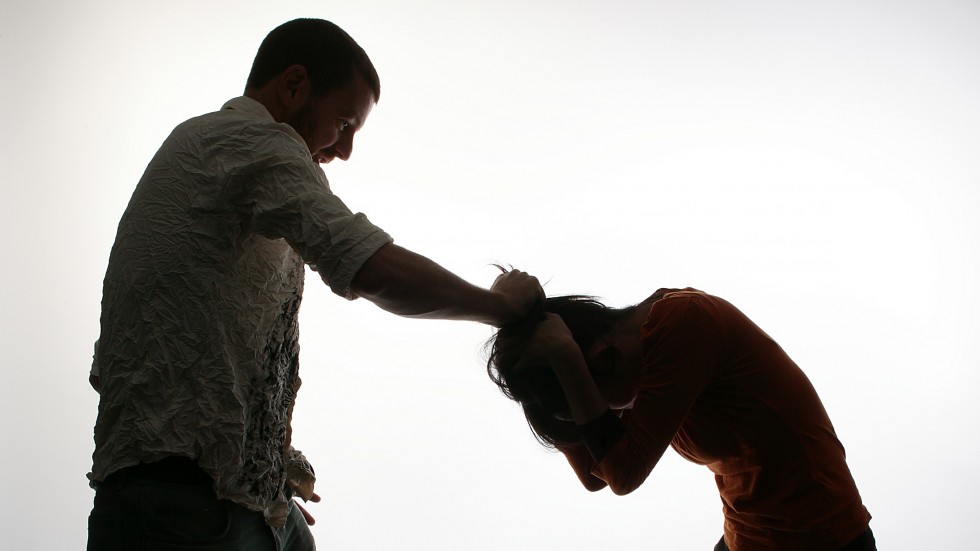
By: Dr. Monica Khanna
When my grandmother passed away over a decade ago, and I wanted to be with her in her last journey, I was told that women do not go for funerals. I was a little taken aback and surprised. It was the first death I had witnessed in my family, and I demanded an explanation. No one could offer me a valid justification. “It is not a part of our customs,” is all I was told. However, I insisted on accompanying the male members of the family, and realized that indeed, there were no women at the cremation site.
Recently, when former Prime Minister Atal Bihari Vajpayee’s foster daughter Namita Bhattacharya lit his funeral pyre, she was in the spotlight for her revolutionary act of entering a male dominated domain. She had challenged age-old customs that have prevailed for centuries, and in so doing, had opened up the path for numerous women who are deprived of accompanying their loved ones in their final moments.
The taboo in Hinduism did not always exist. In fact, in the Mahabharata, both Pandava and Kaurava women paid their last respects to Bhishma at the time of his death. It possibly began with belief that the individual who would inherit the property would light the pyre. Since the property was inherited by sons, it was they, and not the daughters who performed the last rites. This added to the desire for a son and the apathy towards a daughter who would not be able to assist in the ascent to heaven and freedom of the soul.
Moreover, women have always been perceived as the emotionally weaker sex, and therefore incapable of being able to handle death and the burning of a body. Supposedly being vulnerable and sensitive by nature, they could also attract evil spirits and ghosts.
Not merely in Hinduism, but even in Islam women are discouraged from attending the last rituals of death. Women in Islam can partake of the rituals of cleansing and prayers, but their presence at the burial ground may prevent them from maintaining the modesty that is expected of them in public, especially in the case of an overwhelming response of grief.
It is interesting to note that neither Hinduism nor Islam explicitly prohibit women from being present at the cremation or burial ground. In fact, just like in the case of Bhishma, there were several women present at Prophet Muhammad’s burial, including his family members. Beliefs and practices were converted into customs that have gradually become embedded in our culture. Christianity, on the contrary, does not impose restrictions on women being present during a burial or the prayer services.
When over the years, women have gradually entered innumerable forbidden spaces that were at one point dominated exclusively by men, why should they be deprived of being present to bid their last farewell to those dear to their heart? Why does Namita have to be an exception to the rule, and not the rule itself?

The writer, Dr. Monica Khanna is Associate Professor,
Indira Institute of Business Management,
author, academician and trainer.









